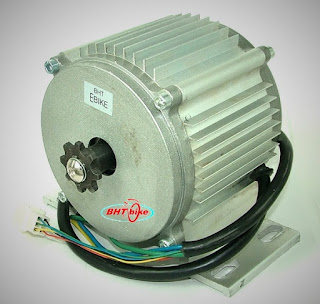Hugh-Jassman
1 kW
- Joined
- Jun 20, 2015
- Messages
- 407
has anyone seen another motor like the BHT ; it operated at about 1550 rpm unless the graph was wrong??
no longer in production...so now I am trying to understand the grintech graphs.....but I cannot find anything that spells out how to read it.
http://e-bike-diffusion.com/index.p...ategorie%26code_cat%3D24%26page_start_num%3D1

https://endless-sphere.com/forums/viewtopic.php?f=28&t=57483

no longer in production...so now I am trying to understand the grintech graphs.....but I cannot find anything that spells out how to read it.
http://e-bike-diffusion.com/index.p...ategorie%26code_cat%3D24%26page_start_num%3D1

https://endless-sphere.com/forums/viewtopic.php?f=28&t=57483


